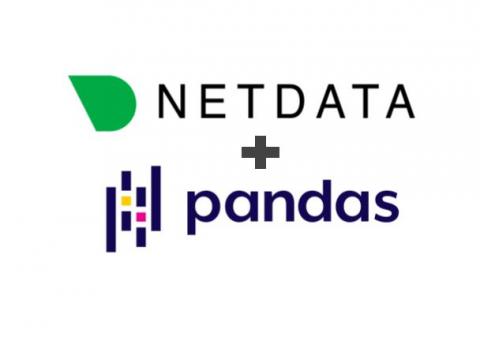Operations | Monitoring | ITSM | DevOps | Cloud
netdata
How to find out which application is causing server load
We often hear the term load used to describe the state of a server or a device, but we're here to tell you what it means, precisely, and how to monitor it.
How to monitor the disk usage on your infrastructure
The most important part of disk usage monitoring is to check the utilization of each filesystem and each mount point which can reveal existing or impending issues with the storage space on your infrastructure.
How to monitor systemd service liveness
The life of a sysadmin or SRE is often difficult, but occasionally very simple things can make a huge difference. Basic monitoring of your systemd services is one of those simple things, which we sometimes overlook. The simplest question one would want to know is if the thing that’s supposed to be running is actually running at all. If you use systemd services, you can guarantee an answer to that question within minutes using Netdata.
7 types of Redis latency and how to fix it
Redis is designed to be fast. In most cases, it is. However, there are times when Redis may be slow, due to network issues, disk latency, or other factors. When this happens, it is important to be able to detect the slow down and investigate the cause. Latency is the maximum delay between the time a client issues a command and the time the reply to the command is received by the client. Redis has strict requirements on average and worst case latency.
Introducing the new data source plugin for Grafana
How you can use the Pandas Python collector to monitor weather data
Netdata just launched a Pandas collector. Pandas is a de-facto standard in reading and processing most types of structured data in Python so if you have some csv/json/xml data, either locally or via some HTTP endpoint, containing metrics you’d like to monitor, chances are you can now easily do this by leveraging the Pandas collector without having to develop your own custom collector as you might have in the past.
How to monitor web servers and their performance
Web servers are among the most important components in modern IT infrastructures. They host the websites, web services, and web applications that we use on a daily basis. Social networking, media streaming, software as a service (SaaS), and other activities wouldn’t be possible without the use of web servers. And with the advent of cloud computing and the movement of more services online, web servers and their monitoring are only becoming more important.
How to monitor HTTP endpoints
The HTTP protocol has become the de facto standard application layer protocol of the internet. From publicly available web sites and APIs to “inter-process” communications in REST based microservice architectures or large Service Oriented Architectures based on SOAP, you find HTTP being used again and again, due to its simplicity and our familiarity with it. How many protocols can you name that have memes for their status codes?











